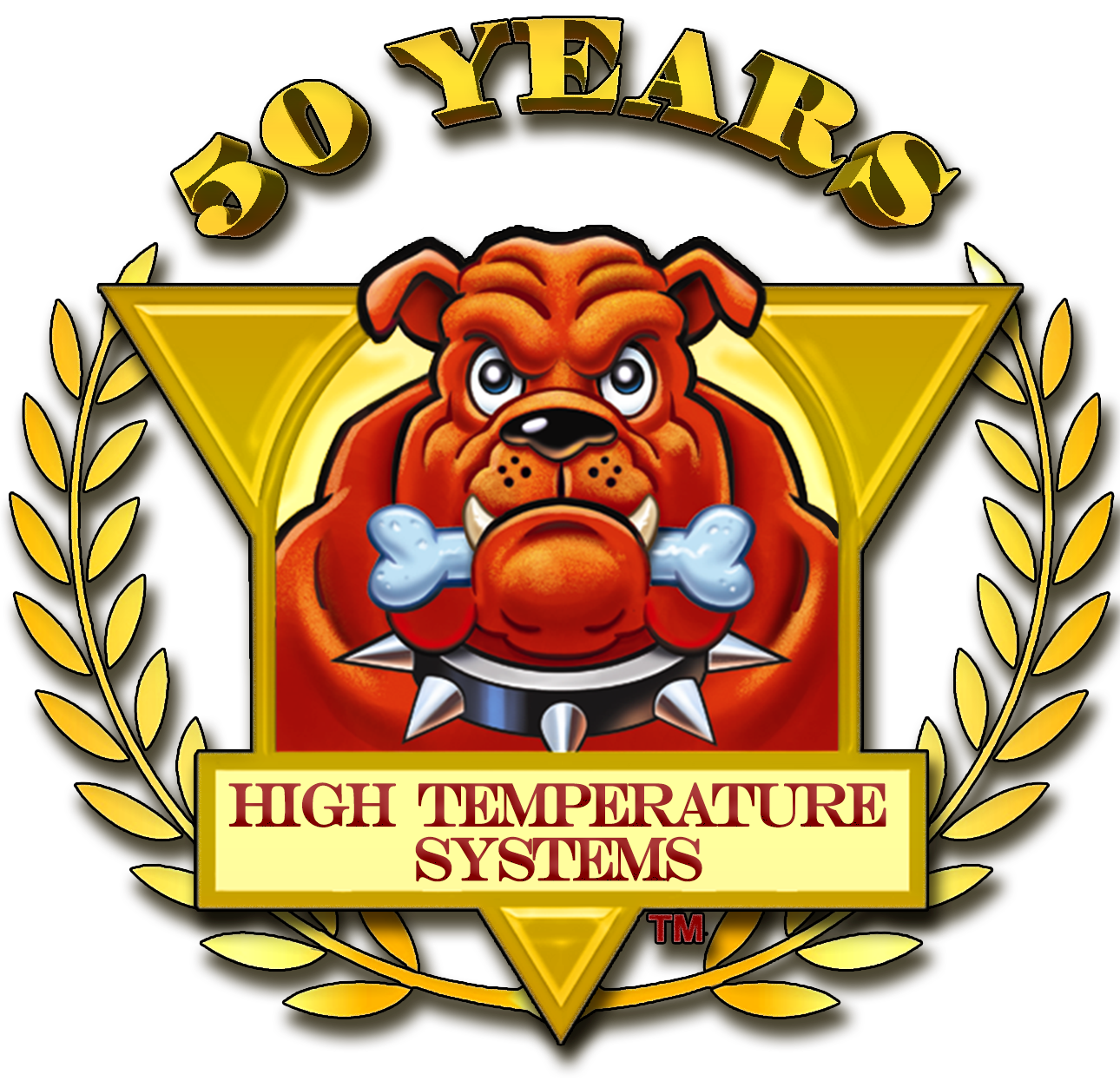Preparing the Pump for Storage - Operational Assessment and Removal from Metal
Operational Assessment - Before Removing the Pump from the Metal
About 10% of pumps are used exclusively for scheduled furnace maintenance. Between usages, these pumps need to be properly stored and maintained. The first step to good pump maintenance is an operational assessment. Study the pump's operation prior to de-energizing and removal from the molten metal bath:
Vibration - Assess any pump vibration. Vibration may be caused by worn or cracked components or accumulations of metal on the pump shaft. Excessive pump vibration accelerates wear on all components and can permanently damage most components.
Pump Rate - Poor pump rates can be caused by obstructions in the riser (if so equipped) or worn components such as a worn impeller.
Uneven Flow - A worn or cracked impeller can cause wide variations in output flow.
Removing the Pump from the Molten Metal
The following steps are especially critical for future pump performance. The preparation starts the moment the pump is lifted from the molten metal or as the last few centimeters of metal are pumped from the furnace. There are four basic scenarios (with the pump de-energized):
Aluminum - Aluminum wets the graphite components. If possible, carefully and gently removed buildup from the pump. Aluminum will cool, contract, and pull away from the graphite components. This action will allow the impeller and shaft to be removed for inspection.
Zinc - Zinc will not wet the graphite components. This means that very little metal will remain on the pump. Gently remove any buildup of zinc or zinc dross that may be trapped by the shape of the pump base, posts, sleeves, and riser.
Lead or Tin - Lead and Tin pumps are available in both stainless steel or graphite construction.
Stainless Steel - Allow the pump to drip dry. Excess lead/tin can be removed by selectively heating with torch. Avoid excessive heat that may warp the stainless steel base, sleeve, riser, or shaft.
Graphite - Allow pump to drip dry. Lead/Tin will easily pull away after cooling.
Magnesium - Allow the pump to cool in an inert gas environment to avoid heavily oxidizing the pump components. Magnesium pump are typically equipped with a Cover Gas Option. Increase the inert cover gas flow when the pump is removed from the melt and continue the flow until the pump has cooled.

